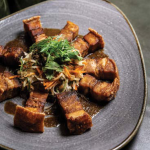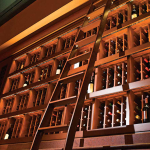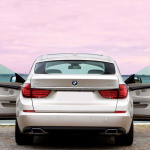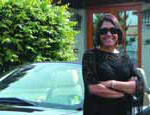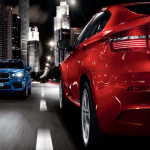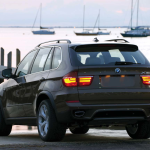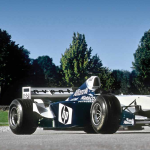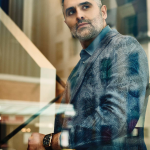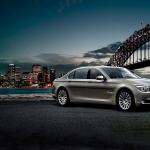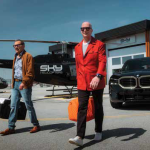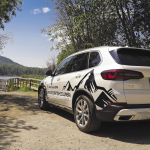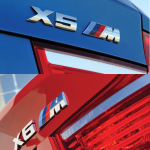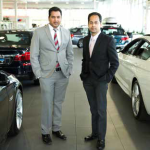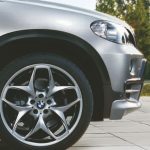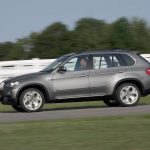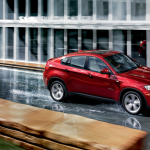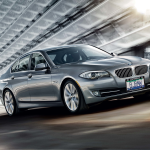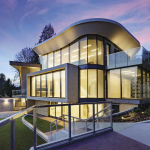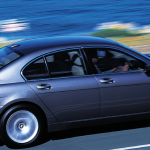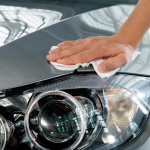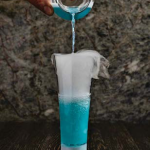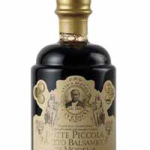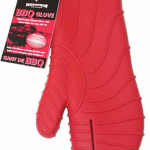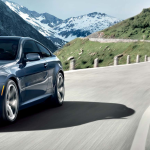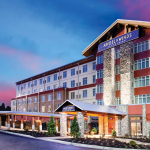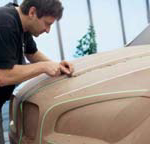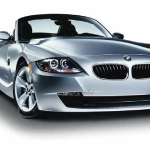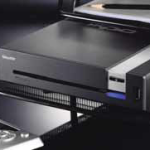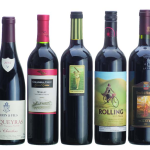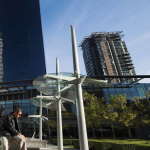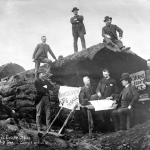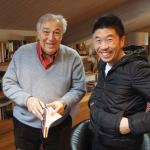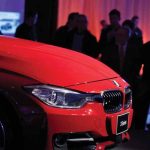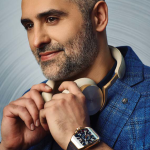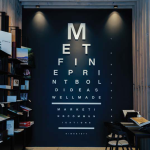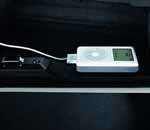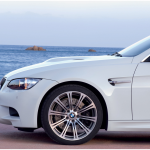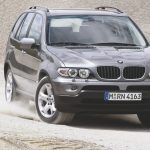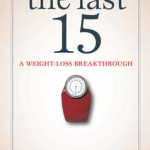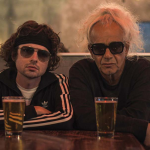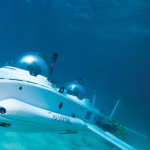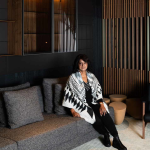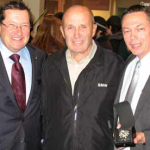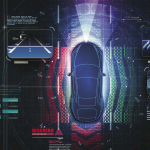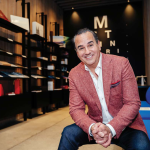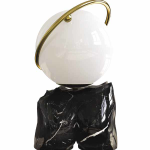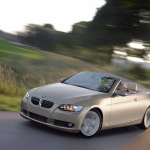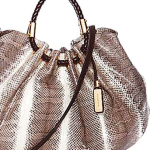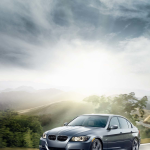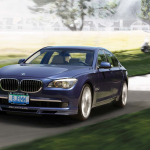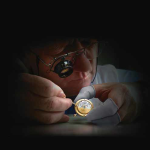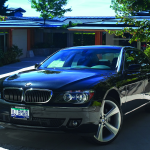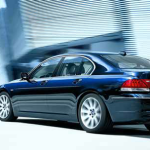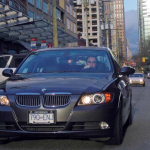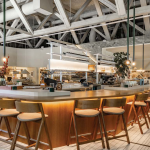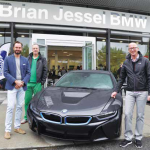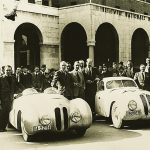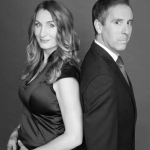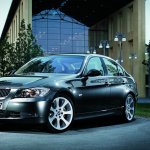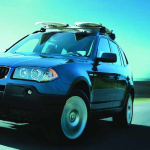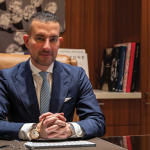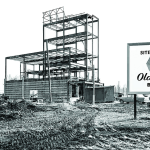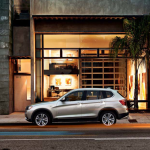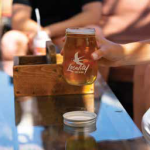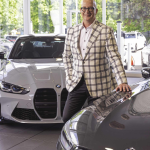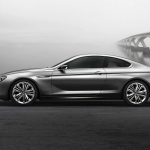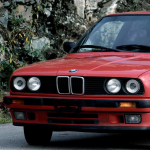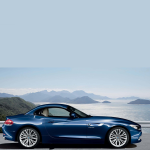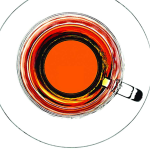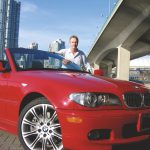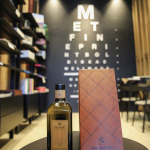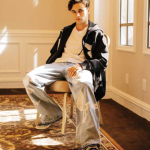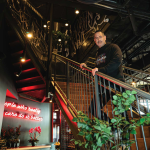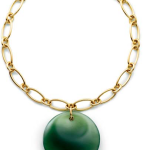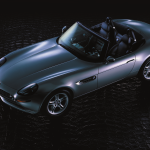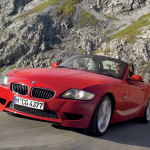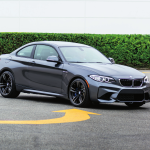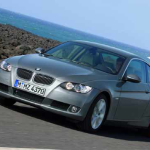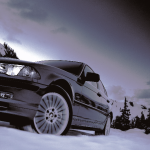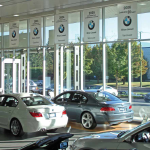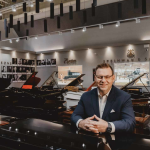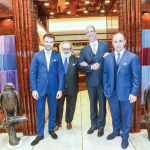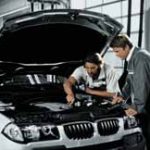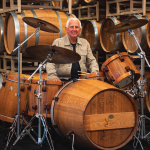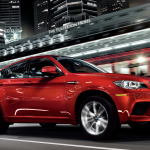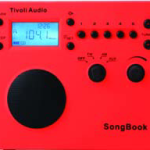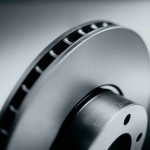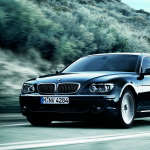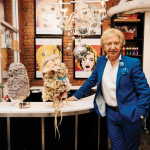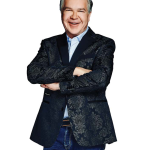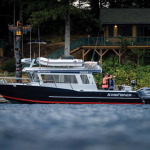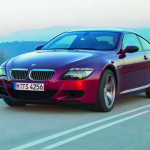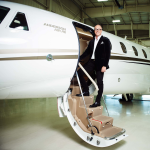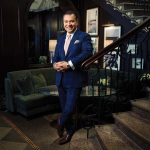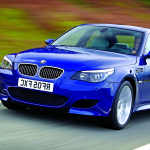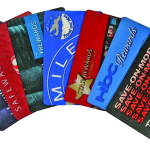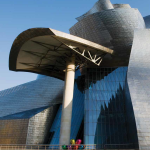
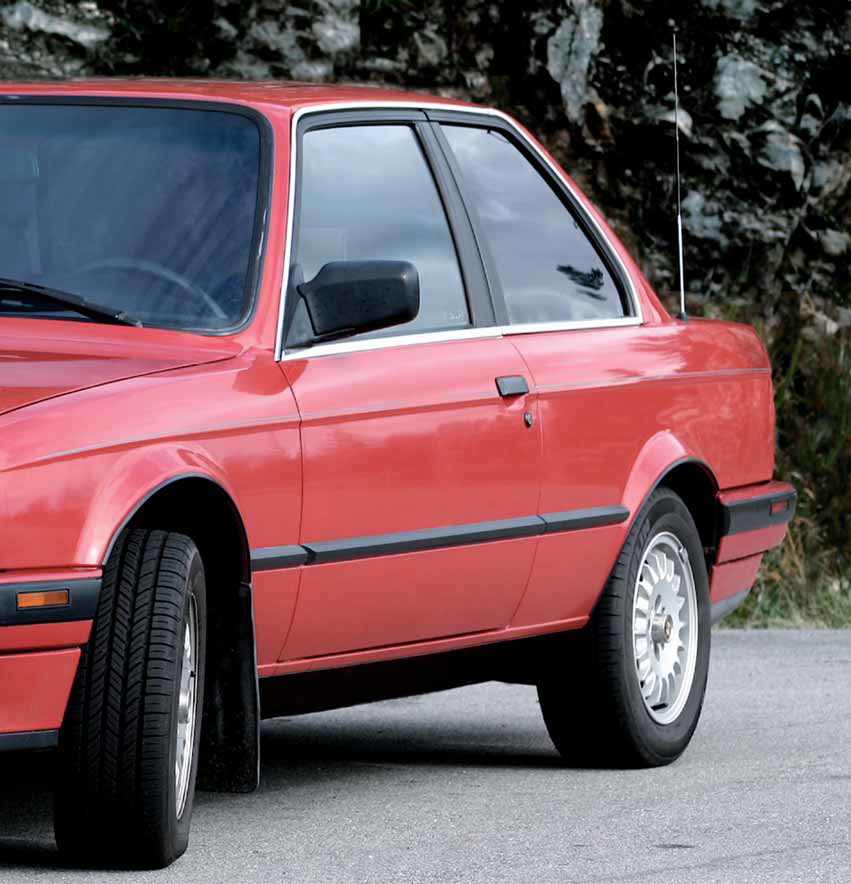
Sponsored Ads
When Brian Jessel BMW first opened its doors 20 years ago, the Bavarian automaker was already a power to be reckoned with in the most competitive industry on the planet. Even so, the next two decades were to be packed with innovation, a wealth of new products and several highly productive forays into new segments of the auto industry.

BMW offered an impressive, if limited, range of products back then, but between 1986 and 2006, the company cemented its reputation as a major industry contender on a global basis. Those years were all part of the legend of an automaker with one of the most fascinating histories in the industry. Bayerische Moteren Werke (Bavarian Motor Works) had its origins in a company that built airplanes and engines not far from Munich’s first airport. The early days were complex from a corporate stand point, but the company regards 1916 as the year in which BMW was officially founded, though its focus was in the air, rather than on the highways and byways.
The old aircraft associations live on now in BMW’s famed logo, which represents a whirling airplane propellor in the blue and white state colours of Bavaria. Encouraged by its success in aircraft engine and motorcycle construction, it was really no surprise that BMW decided to get involved with automobiles. The first product was a modest effort, a version of the famed Austin 7, a tiny sedan inspired by the much earlier Model T Ford and first seen in 1922. Actually, BMW had cars of its own design in prototype form at the time (one of them even had a transverse engine and front-wheel drive), but the licensing agreement with Austin was deemed the safest way to go for an emergent automaker.
The first BMW with a straight six powerplant – still a mainstay for the marque – came in 1933. It was also the first BMW to feature the “kidney grille,” one of the most recognizable nose jobs in the auto industry. In 1936 came the model that was to establish BMW as a high-performance car builder, the legendary 328.

As BMW grew in stature, it became increasingly involved in motorsport at many levels. BMW engines have been especially successful in Formula One and touring car racing and a BMW won Le Mans in 1999. The cars have been raced in all kinds of series around the world and it’s a weak touring car field that doesn’t have its swarm of 3-Series racers burning up the track. Back in 1986, BMW still had a fair way to go before it reached the status it has nowadays and the comprehensive model range gracing the dealership for 2006 was still something of a far-off dream.
In 1986, BMW launched its second generation 7-Series flagship sedan, the car that truly confirmed the company as a serious contender in the high-end luxury class. The new “Seven” joined the then current 3-Series sports sedan and the larger 5-Series. BMW was still producing the wonderful 6- Series coupes in 1986, but they were lost to us in 1989, destined to become much sought-after collectibles. 1986 was something of a momentous year for BMW as well as for Brian Jessel. The first M3 appeared as a compact two-door with outstanding performance, even by today’s standards.
The original M3, with its four-cylinder engine of just under 200 horsepower, was a superb car and proved almost unbeatable on the race-tracks of Europe. The M3 differed from the 3-Series of the day with its flared wheel arches and re-profiled roofline and was the forerunner of the M-cars we can buy now, a real pioneer of high-performance sports sedans. In 1987 BMW introduced a 12-cylinder version of the 7-Series, the first German sedan since the 1930s to boast such a powerplant under its hood. Until the 12-cylinder debuted, all 7-Series models used six-cylinder powerplants. Those silky BMW V-8s were still a few years down the road.
In 1989 BMW brought us its 8-Series coupe, a sleek, powerful successor to the old 6-Series cars. This responsive and refined super-cruiser was available with eight and 12-cylinder engines and some 31,000 of the highly exclusive cars were sold by the time production ended in 1999. BMW really started to broaden its model range in 1995 by launching the Z3 Roadster, a sporty convertible inspired by the Z1 two-seater, which was never marketed in North America.
The Z3 sold exceptionally well in Canada and has now been superseded by the more advanced Z4 model. One of the most radical moves BMW ever made—and also one of its most successful—was to introduce a sport utility vehicle. In 1999 BMW launched its X5 luxury Sports Activity Vehicle (SAV) and
Sponsored Ads
Brian Jessel BMW can look back on an exciting 20 years, but the future will likely bring even more fascinating products from the folks behind the blue and white badge roundel.
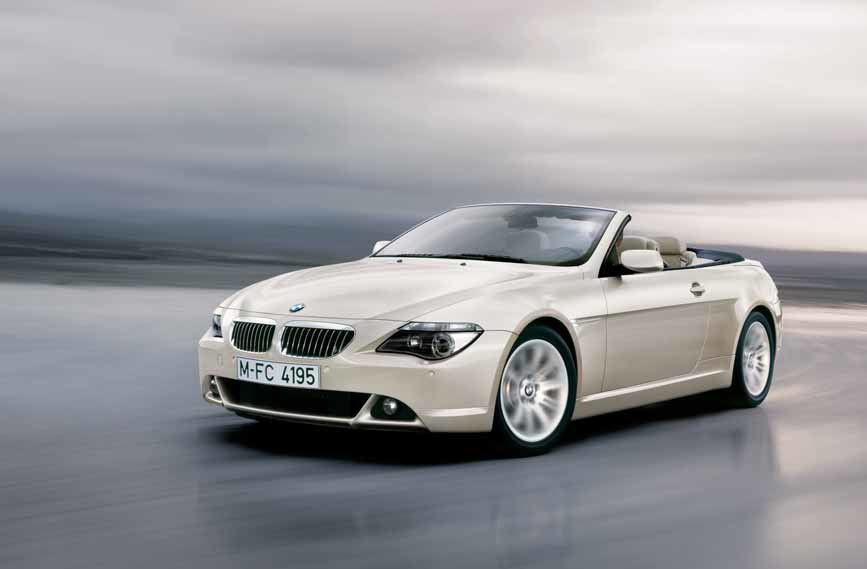
it pioneered a new class altogether that was much imitated by rivals, but possibly never bettered. For buyers wanting a simpler BMW SAV, the smaller X3 was introduced a few model years later. Another landmark of the new millennium was the Z8, a lusty roadster that gained cult status when it was “car of choice” for James Bond in one of the blockbuster movies. On the environmental front, BMW has carried out extensive research over the past decade with hydrogen as a fuel and operates a fleet of 7-Series sedans with hydrogen power from its Munich head quarters.
Handily, Munich airport has a hydrogen fuel station where the gas is produced on site for vehicles used at the steel and glass “space age” terminal. Brian Jessel BMW can look back on an exciting 20 years, but the future will likely bring even more fascinating products from the folks behind the blue and white badge roundel. The current range includes (or will include very soon) the 3-Series sedans, wagons, coupes and convertibles; the 5- series sedan and wagon; the 7-Series luxury sedan; the 6-Series in coupe and convertible guise; the X4 with its M Coupe and M Roadster variants and the X5 and X3 SAVs.
The future will undoubtedly see more intriguing and desirable products from Munich (and the U.S. plant, as far as the X5/X3 and Z4 goes) and there’s talk of bringing the award-winning 1-Series hatch back to Canada as an entry-level product. Just the car to get people into BMWs at an even earlier stage in their car-buying lifetimes. And proof of the build quality and durability of BMW products can be found in the fact that many of the models Brian Jessel sold during his early years in business are still in regular use and performing as well as ever.
















